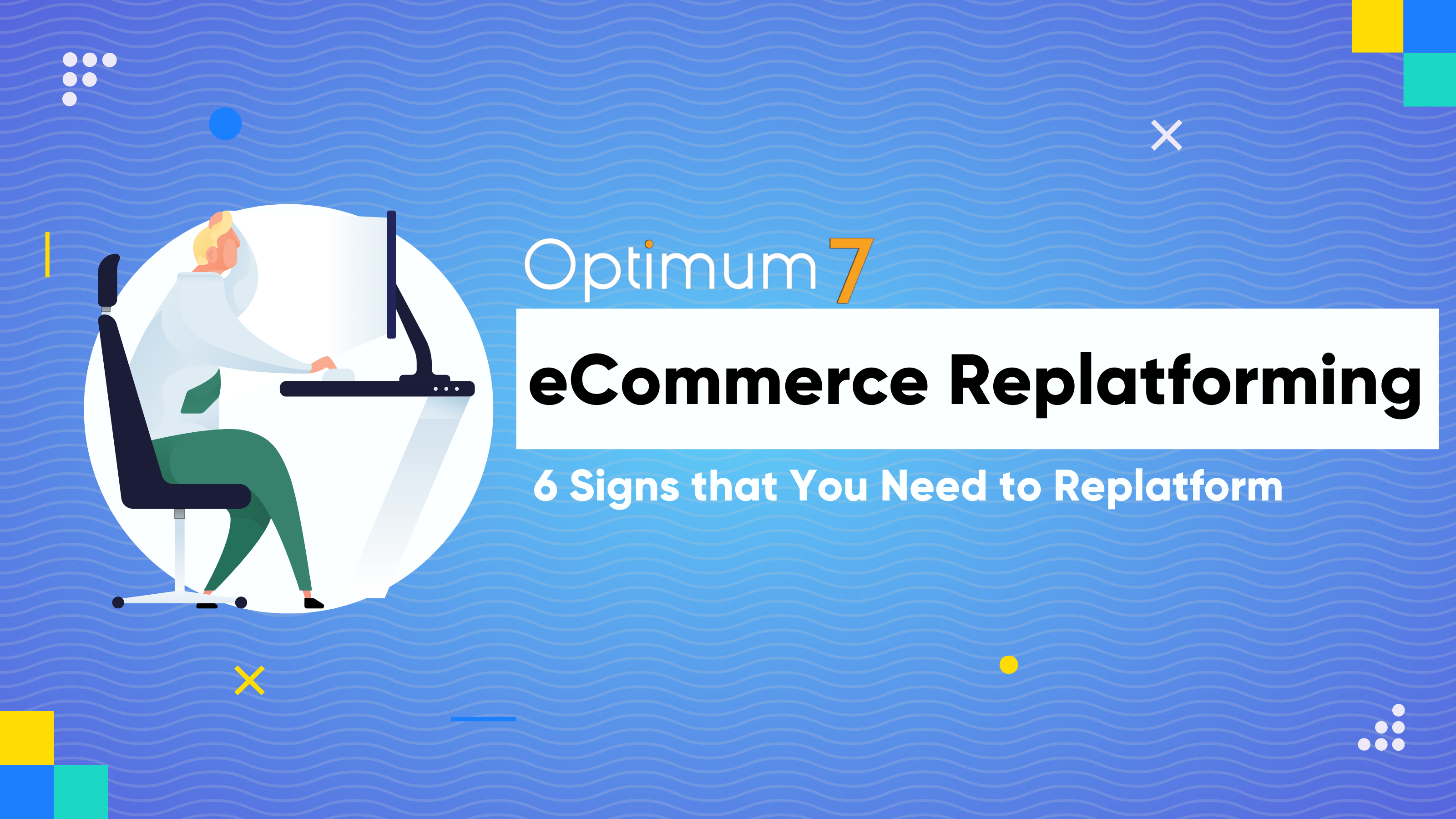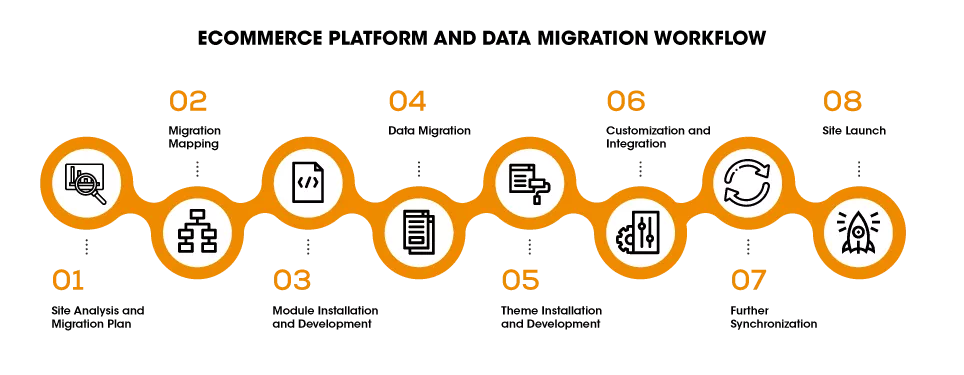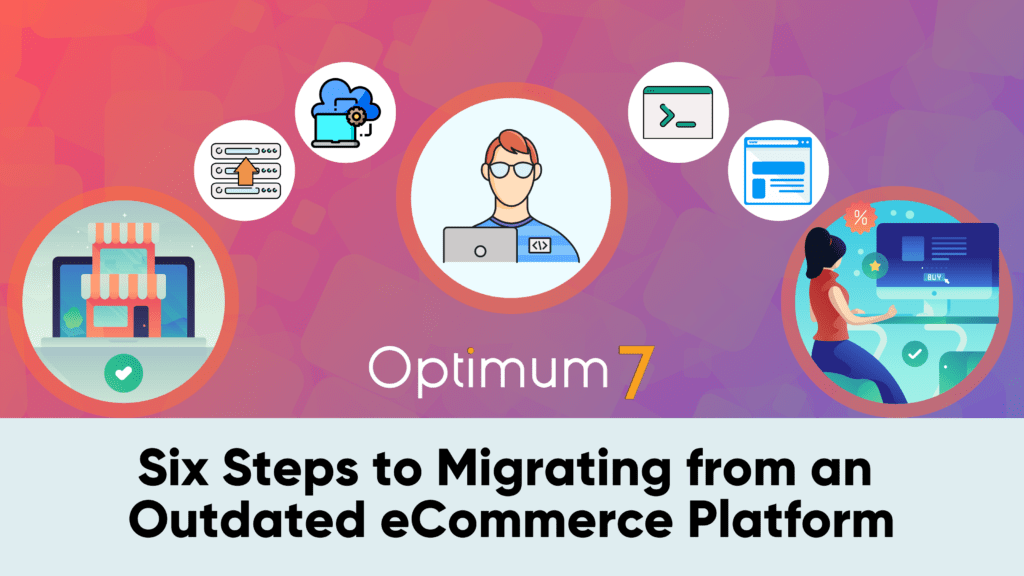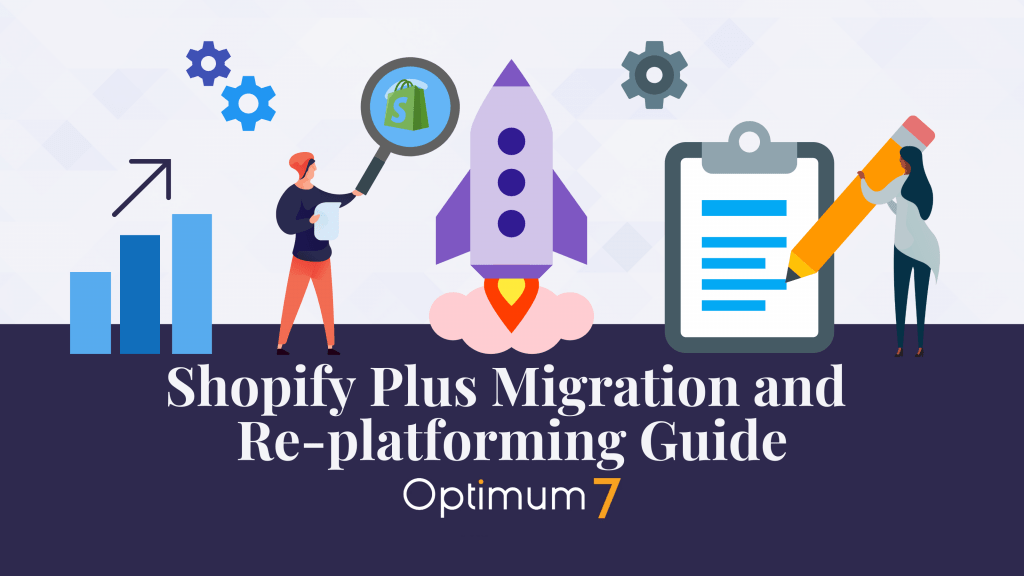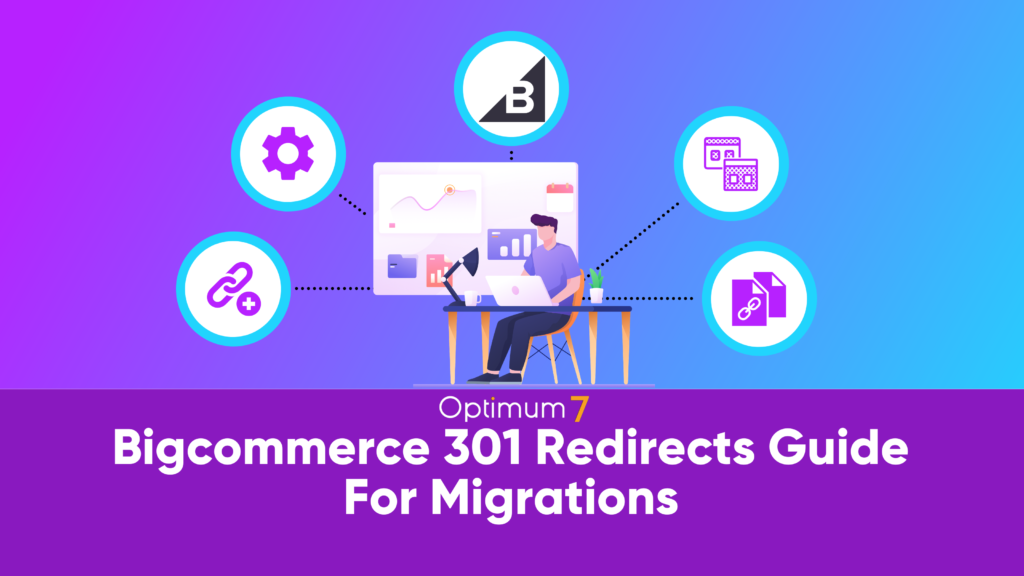Starting an eCommerce business from scratch is hard enough, but replatforming an existing store can be even more daunting. There are many things to consider, from which platform you should choose to how to keep your customers happy during the transition.
The good news is that you don’t have to do it alone. There are plenty of eCommerce experts out there who can help you make the switch.
But before you start looking for a new platform, you need to make sure that replatforming is the right move for your business. Here are five signs that it might be time to replatform in 2022.
What are the Signs that You Need an eCommerce Migration?
Any professional or business owner that has spent a good amount of time dealing with technical issues can determine that an online store needs replatforming from a mile away.
Here are 6 reasons that show that you need an eCommerce migration ASAP.
1. New Features and Updates are Impossible to Implement
90% of the time when a business decides to migrate to a new platform it’s because a feature they want is impossible to implement on their current platform. If you want to add a new feature or update to your website, but your platform doesn’t allow it, then replatforming is the right move.
If your platform is outdated, it’s likely that the vendor has stopped releasing new updates.
This means that you won’t be able to take advantage of new features or security patches. As a result, your site will become increasingly vulnerable to attack.
Additionally, if your platform is incompatible with the updates you want to make, replatforming may be the only way to implement them.
For example, if you want to add a new payment gateway or shipping method, your platform may not be able to support it. In this case, replatforming would be the best way to add the new feature without compromising the stability of your site.
2. Your Website is Slow
A slow website can cost you sales and damage your reputation. In fact, if your site takes longer than 2-3 seconds to load, 75% of your visitors will leave your site immediately.
And if your website is loading slowly, it’s likely due to your platform.
There are many factors that can impact the speed of your website, but most of them are related to your platform. For example, if your platform is built on outdated technology, it will take longer for pages to load.

One of the most common reasons why websites load slowly is because they are filled with too many images, ads, or flash content. While these elements can make a website more visually appealing, they can also bog down the loading process.
In addition, JavaScript issues can often lead to slow loading times. If the code on a website is unclear or not well-organized, it can take longer for the browser to render the page.
Another common issue is insufficient hosting.
If a website does not have enough bandwidth or storage space, it can run into loading issues.
Finally, outdated or excessive third-party apps can also contribute to slow loading times. If a website is relying on too many old or unnecessary programs, it can slow down the overall performance of the site.
3. Too Many Updates and Patches Back to Back
If your development team is spending a lot of time trying to fix bugs, it may be because your software structure is causing the problem. In other words, the bugs are actually symptoms of deeper issues in your eCommerce platform.
Trying to fix these symptoms one by one is not going to solve the underlying problems. The only way to truly fix the issue is to switch to a better-built platform. A platform that is designed with fewer potential points of failure will be much easier for your team to manage and maintain.
In the long run, this will save you time and money. More bugs, updates, and patches mean more possible downtime and slow site speed during traffic spike hours.
4. Impossible to Integrate New Systems and Tools
As your business grows, you’ll likely want to integrate new tools and systems to help you manage your website. For example, you may want to add a live chat system or a CRM.
If your platform is not built to accommodate new integrations, it will be very difficult (or even impossible) to add these features. As a result, you’ll either have to go without the features you need or switch to a new platform that can support them.
If your platform is old and no longer receiving regular updates, it will be difficult (and expensive) to keep your site up-to-date. For example, if you want to integrate a new payment gateway or shipping method, your platform may not be able to support it. In this case, replatforming would be the best way to add the new feature without compromising the stability of your site.
5. Your Website is Not Secure
If your website is not secure, it’s at risk of being hacked. In addition to the damage a hack can cause to your reputation, it can also lead to financial losses.
Hacks often occur because of vulnerabilities in a website’s platform. If a platform is not regularly updated with security patches, it becomes more vulnerable. Additionally, if a platform is not built with security in mind, it may have weak spots that can be exploited.
To protect your website from attacks, you need to make sure that it is built on a secure platform. A secure platform will have regular updates and security patches as well as robust security features.
6. You’re Losing Money Because of Downtime
If your website is down, you’re losing money. Downtime can occur for a number of reasons, but most of them are related to the platform.
For example, if your platform is not designed to handle traffic spikes, it will likely crash when traffic increases. In addition, if your platform is not well-optimized, it will take longer for pages to load, which can lead to lost sales.
Downtime can also occur because of technical issues, such as server outages or database errors. These types of issues are often beyond your control, but they can still be costly.
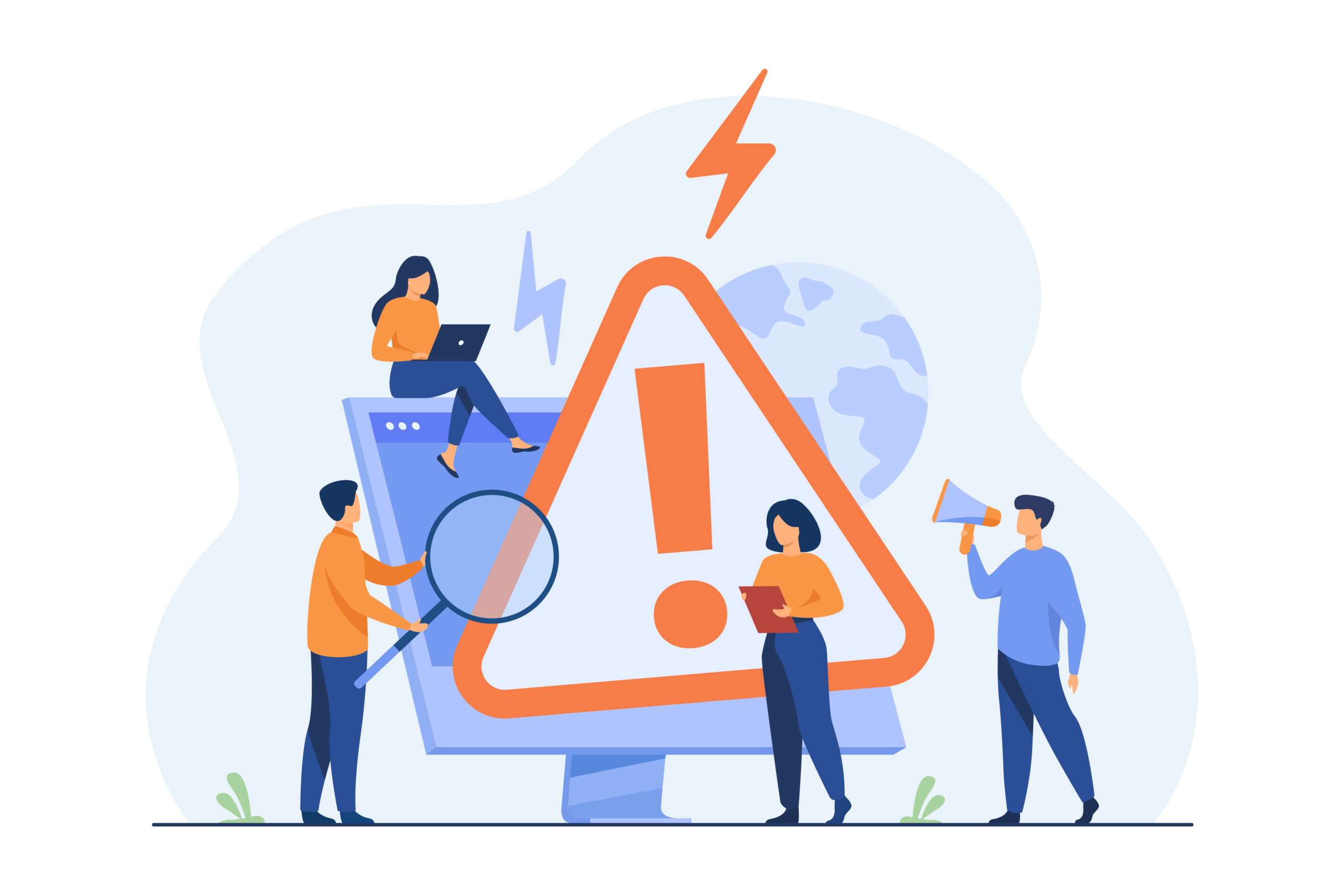
To avoid downtime (and the resulting financial losses), you need to make sure that your website is built on a reliable platform. A platform that is designed to handle traffic spikes and is well-optimized will minimize the risk of downtime.
For short you need an eCommerce replatforming when you experience these issues regularly:
- Your website is slow or frequently crashes
- You’re unable to add new features or integrations
- Your website is not secure
- You’re losing money because of downtime
- Your SEO rankings have declined or don’t improve
If you’re experiencing any of these issues, replatforming to another eCommerce platform may be the best way to improve your website and business.
How Do You Prepare for a Replatforming Project?
Okay, so you’ve decided that you need to replatform to a new eCommerce platform. What do you do to be prepared for an eCommerce replatfoming?
Making the decision to migrate your eCommerce platform is only the first step in a long process. Once that decision has been made, you need to start planning for the actual migration.
This can be a complex and time-consuming process, so it’s important to avoid any potential pitfalls. One common mistake is failing to properly plan for data migration.
This can lead to data loss or corruption, which can be costly and time-consuming to fix.
Another pitfall is failing to properly test the new platform before launching it. This can result in significant downtime and lost sales. By taking the time to properly plan and test, you can ensure that your eCommerce platform migration goes smoothly.
1. Plan Your Deliverables and Timetables
An eCommerce platform migration is a complex undertaking that has a potentially significant impact on both employees and customers alike. Although it is rarely possible to accurately plan out every single individual step and then tie it to a calendar window, the more granular the transition plan is, the better.
It is critical to understand that planning an eCommerce migration is a cross-functional process that requires the input of multiple stakeholders across different business departments. Executive leadership along with IT, marketing, sales, accounting/finance, operations, fulfillment, and customer service must all be part of the undertaking. So it’s best to create a comprehensive scope of work so all parties working on your replatforming project know what’s due and when.
Furthermore, an eCommerce platform migration can be a disruptive event.
Therefore, it is important to have a well-thought-out communications plan in place that takes into account the different audiences that need to be kept informed at various stages of the process.
By taking the time to carefully plan an eCommerce platform migration, businesses can minimize any negative impacts and set themselves up for success in the long term.
An eCommerce migration project should be seen as re-building a vital business system.
2. Some of Your Processes will Change
A lot of behind-the-scenes work happens to keep an eCommerce business running smoothly. When it comes time to migrate to a new platform, it’s crucial that this work doesn’t come to a screeching halt. In order to minimize the operational impact of an eCommerce migration, detailed planning is critical.
The entire eCommerce platform migration team should flowchart every process that happens in the old system and then map it to the new platform. The time and effort invested in making a granular, detailed, and systematic diagram will pay significant dividends when the new system goes live.
By taking the time to plan ahead, businesses can ensure that their eCommerce migration is as seamless as possible. This planning should be done way before any proposals are exchanged.
3. Test to Confirm that Your New Platform is What You Need
Buying a new car is a big decision. You wouldn’t buy one without test driving it first, would you? The same logic applies when choosing an eCommerce platform.
When considering a new platform, it is important to take the time to fully test it out before committing to anything. This will help ensure that the platform meets all of your business’s needs and that there are no hidden surprises.
The best way to test an eCommerce platform is to set up a dummy store and run it through its paces. Try out all of the different features and see how well it performs. Pay close attention to things like speed, stability, and ease of use.
Handling changes and tweaks to the original process
Often, these kinds of adjustments are made after the fact, which can cause disruptions in the overall project. However, by taking a proactive approach, these changes can be made in parallel with the rest of the project.
This helps to minimize the impact on other aspects of the migration, such as design and aesthetic work.
As a result, the overall project can be completed more smoothly and with less disruption and changes during the migration phase.
4. Organize and Migrate User Data
One of the most important aspects of an eCommerce migration is the decision about which user data to migrate over to the new system. Depending on the type of data that is gathered and stored, migrating this data can have a significant impact on the user experience for customers, particularly when they are using the new system for the first time.
It is important to consider the volume and type of user data when migrating, as this will help to ensure that all functional requirements are met.
For example, order history data is often not migrated over unless it is specifically required. By taking into account all user data when planning an eCommerce migration, organizations can help to ensure a smooth transition for their customers.
There are many other customer-related data elements to consider as well.
For security purposes, customers should probably be required to change or at least reenter their passwords for the new system. Operational details such as account balances, store credits, existing gift cards, and digital product ownership should all be considered.
Customer loyalty programs as well as individual engagement history with social media are other important examples of critical customer data that should be considered.
5. Plan for Enhanced SEO Performance
There are many aspects of an eCommerce migration that can potentially impact Search Engine Optimization (SEO). In addition to the URL structure of the new site, the way in which the pages are linked together, the use of canonicals, and the redirects from the old site to the new can all play a role in how well a migrated site performs in search.
It is not uncommon for recently migrated sites to experience a significant degradation of SEO performance as a result of the migration.
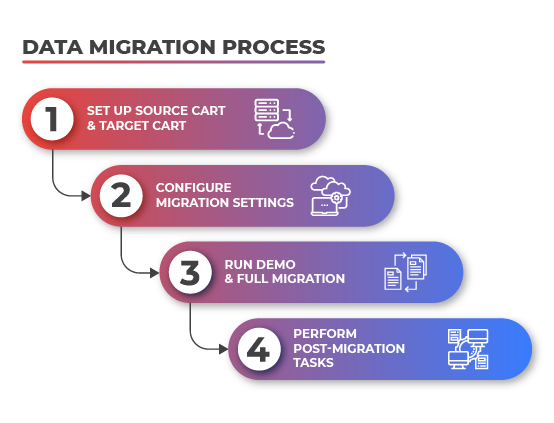
However, by addressing these factors during the planning and execution phases of the migration, it is possible to minimize the impact on SEO and avoid any significant drop in traffic or rankings. In fact, with proper planning early on in the migration deployment process, SEO results can actually be improved shortly after the site launches
This results in greater traffic to the new site and increased revenue, usually within a month or so.
Many businesses wait to start their SEO revamp until after the eCommerce platform has been transferred.
This error could result in considerable financial loss. By bringing in an SEO specialist early on in the process, the new site will be launched with optimization already in place.
When migrating, it’s important to use 301 redirects for your changed URLs. This will help keep any link popularity associated with the old URL and transfer it to the new one.
A 301 redirect tells search engines that an indexed URL has been moved, and they’ll then update their records accordingly.
6. Decide Which Metrics Define Your Migration’s Success
Defining and measuring success metrics is vital to the success of any eCommerce migration project. Without a clear understanding of what constitutes success, it will be difficult to gauge whether or not the project has been successful.
Furthermore, without clear and objective measures of success, it will be difficult to ensure that all stakeholders are on the same page. Therefore, it is important for the stakeholder team to come to a consensus on what the most important success metrics are and how they should be measured.
Only by doing this can they ensure that the project is successful and that all stakeholders are satisfied.
As soon as your new platform launches, it’s crucial for the technical team to set it up so that analytics will be recorded completely.
This data is important because it helps determine how successful the program is from day one. To get accurate analytics, all the right tools must be in place, and record data properly.
The team must also have a plan for monitoring the data and making sure that nothing falls through the cracks. The technical team’s role in setting up analytics recording is critical to the success of any new platform launch.
A Good Start
There’s no one-size-fits-all answer for when or why you should replatform your eCommerce store.
The decision to replatform should be based on a number of factors, including but not limited to: the age of your current platform, whether or not it’s meeting your business needs, the available features of other platforms, the cost of replatforming, and the impact on SEO.
If you’re considering replatforming your eCommerce store, keep these factors in mind to ensure that you make the best decision for your business, and reach out to us for any concerns about your eCommerce Migration.

